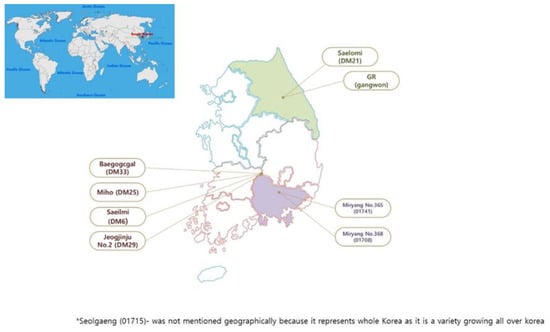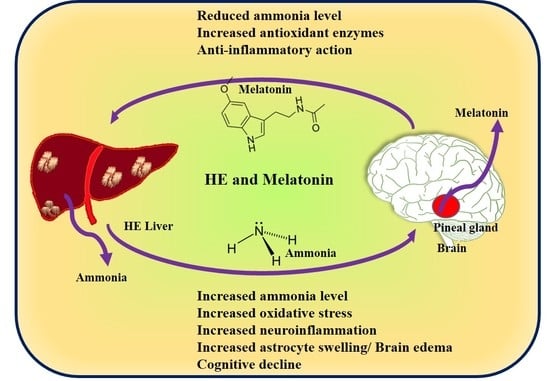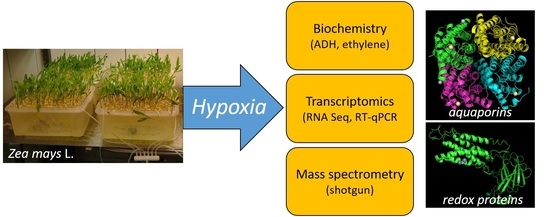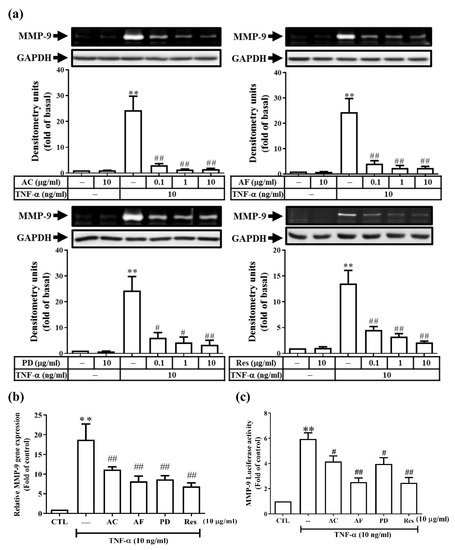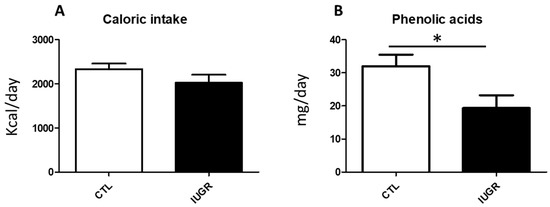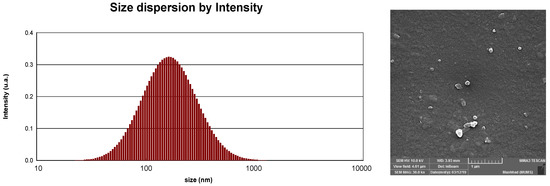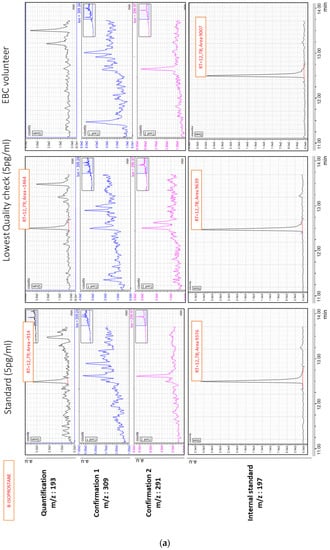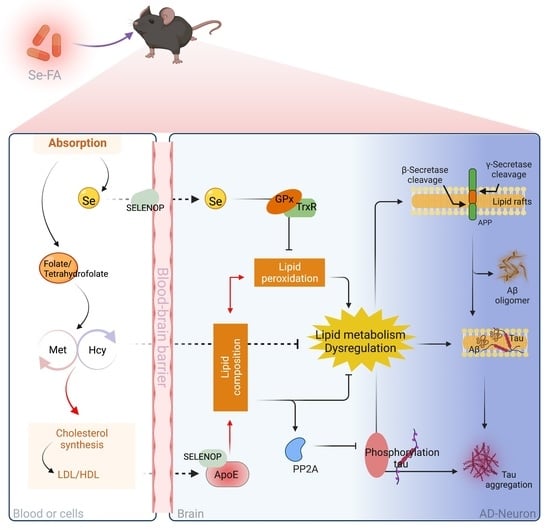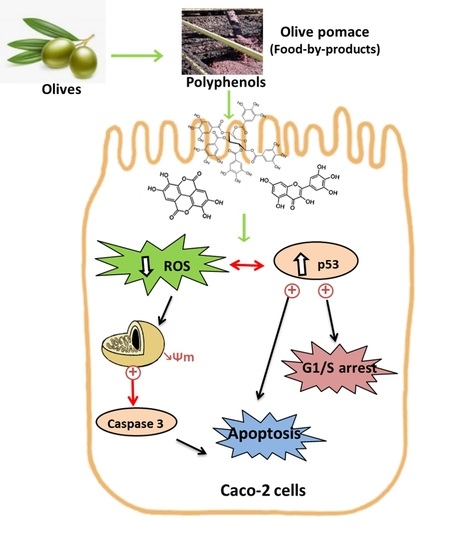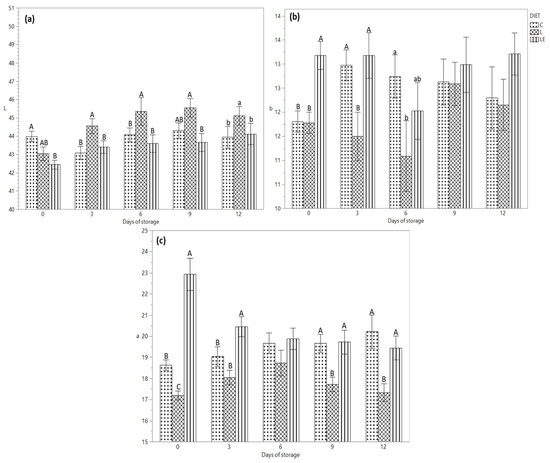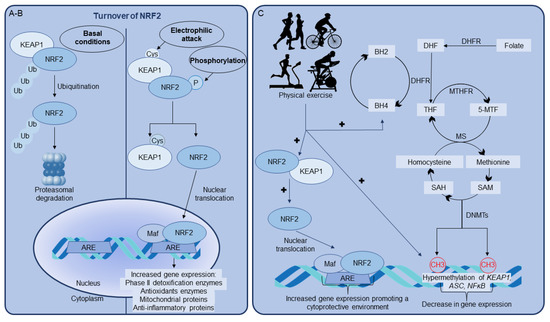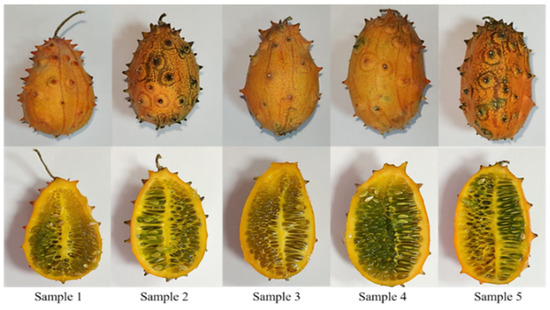1
Department of Food Science and Biotechnology, College of Agriculture and Life Sciences, Kangwon National University, Chuncheon 200-701, Korea
2
Agricultural and Life Science Research Institute, Kangwon National University, Chuncheon 24341, Korea
3
Department of Biological Environment, College of Agriculture and Life Sciences, Kangwon National University, Gangwon-do 24341, Korea
Antioxidants 2022, 11(5), 839; https://doi.org/10.3390/antiox11050839 - 25 Apr 2022
Cited by 22 | Viewed by 3913
Abstract
In recent years, the health benefits of the pigmented rice varieties have been reported due to the richness of their bioactive compounds. Therefore, this study evaluated the antioxidant, total flavonoid, total phenolic, anthocyanin content, amino acid and individual phenolic compound quantification of nine
[...] Read more.
In recent years, the health benefits of the pigmented rice varieties have been reported due to the richness of their bioactive compounds. Therefore, this study evaluated the antioxidant, total flavonoid, total phenolic, anthocyanin content, amino acid and individual phenolic compound quantification of nine Korean-grown rice varieties using spectrophotometric, HPLC-FLD-MS/MS and UHPLC Q-TOF-MS/MS methods. Our research found that the free fractions of DM29 (red rice) had the highest free radical scavenging ability of ABTS and DPPH. In contrast, the highest ferric reducing antioxidant power was observed in the 01708 brown rice variety. The majority of phenolic compounds such as quercetin, ferulic acid, p-coumaric acid, ascorbic acid, caffeic acid and genistein were found in the DM29 sample. The phenolic content of rice varies depending on its color, with DM29 red rice having the highest TPC, TFC and TAC levels. At the same time, the presence of the majority of amino acids was quantified in the 01708 and GR (Gangwon) brown rice varieties. According to this study, colored rice varieties are high in amino acids, phenolic compounds and antioxidants. This research would be beneficial in furthering our understanding of the nutritional value of different colors of rice and their high potential as a natural antioxidant.
Full article
(This article belongs to the Special Issue New Insights into Phytochemical Antioxidants in Food)
▼
Show Figures

